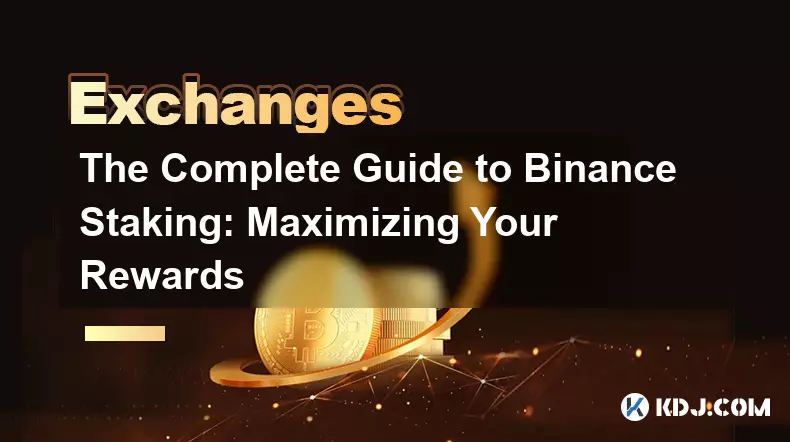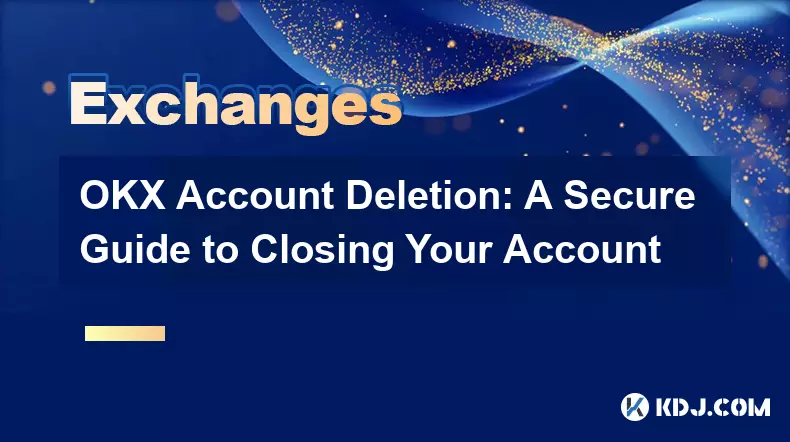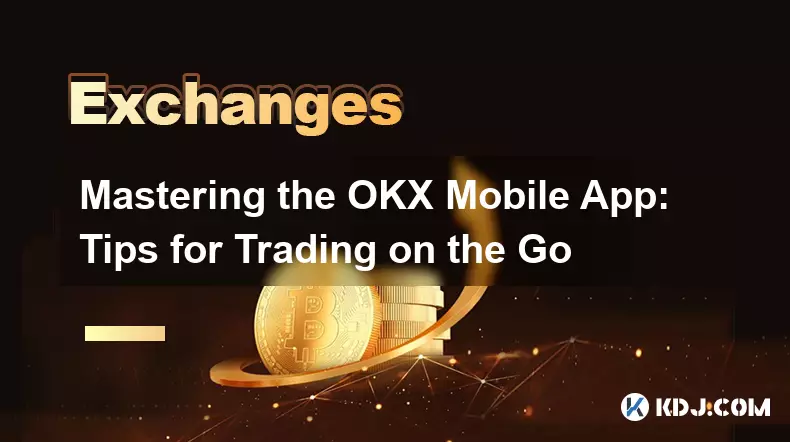-
 bitcoin
bitcoin $100977.009184 USD
-2.05% -
 ethereum
ethereum $3282.009150 USD
-3.23% -
 tether
tether $0.999813 USD
-0.02% -
 xrp
xrp $2.208254 USD
-4.89% -
 bnb
bnb $951.411089 USD
0.55% -
 solana
solana $155.761205 USD
-2.84% -
 usd-coin
usd-coin $1.000217 USD
0.02% -
 tron
tron $0.284475 USD
-1.28% -
 dogecoin
dogecoin $0.162363 USD
-1.53% -
 cardano
cardano $0.533988 USD
-0.47% -
 hyperliquid
hyperliquid $39.174339 USD
-3.22% -
 chainlink
chainlink $14.724828 USD
-1.16% -
 bitcoin-cash
bitcoin-cash $477.297986 USD
-1.28% -
 zcash
zcash $554.227426 USD
17.30% -
 ethena-usde
ethena-usde $0.998995 USD
-0.03%
The Complete Guide to Binance Staking: Maximizing Your Rewards
Binance staking lets users earn passive income by locking crypto to support blockchain networks, with rewards varying by asset, lock-up period, and market conditions.
Nov 05, 2025 at 02:18 pm

The Basics of Binance Staking
1. Binance staking allows users to earn passive income by locking up their cryptocurrencies to support blockchain network operations such as validation and transaction processing. This process is central to Proof-of-Stake (PoS) consensus mechanisms, where participants are rewarded for contributing to network security.
2. Users can stake a wide variety of assets directly through the Binance platform, including but not limited to BNB, ETH, SOL, ADA, and DOT. Each asset operates under different staking rules depending on its native blockchain’s protocol requirements.
3. Binance simplifies staking by handling technical complexities like node management and reward distribution. This accessibility makes it ideal for both beginners and advanced traders who want exposure to staking without running their own infrastructure.
4. There are two primary types of staking options on Binance: Locked Staking and DeFi Staking. Locked Staking requires users to commit funds for a fixed duration, often offering higher returns in exchange for reduced liquidity.
5. Rewards are typically distributed daily and can be reinvested or withdrawn. The Annual Percentage Yield (APY) varies significantly based on the asset, market demand, and network conditions, with some assets offering double-digit returns during peak periods.
Strategies to Maximize Staking Returns
1. Reinvesting staking rewards compounds earnings over time, significantly increasing long-term gains. By choosing auto-compound options when available, users allow their rewards to immediately re-enter the staking pool, accelerating growth.
2. Timing plays a crucial role in maximizing yield. Launch periods for new staking products often come with promotional APY boosts designed to attract early participants. Monitoring Binance announcements helps identify these high-yield windows.
3. Diversifying across multiple staking assets reduces exposure to volatility in any single cryptocurrency. Spreading capital among established networks like Ethereum and emerging projects listed on Binance increases the chance of capturing outlier performers.
4. Choosing longer lock-up periods usually results in higher interest rates. While this limits short-term access to funds, the premium offered can justify the commitment, especially for holders with a long investment horizon.
5. Leveraging Binance’s flexible staking tiers enables users to balance liquidity needs with return objectives. Some products offer pro-rata rewards even for partial lock-up durations, allowing strategic exits without total loss of benefits.
Risks and Considerations in Binance Staking
1. Market volatility remains a core risk. Even though staking generates consistent rewards, the underlying asset’s price may decline, erasing nominal gains. A coin earning 15% APY could still result in a net loss if its market value drops by 30% over the same period.
2. Lock-up periods restrict the ability to respond to sudden market movements. If a user stakes during a bull run and prices begin to fall, they may be unable to withdraw until the term ends, potentially missing opportunities to mitigate losses.
3. Slashing penalties exist on certain PoS networks. If a validator misbehaves—such as going offline or validating fraudulent transactions—staked funds may be partially confiscated. While Binance absorbs much of this risk by managing validators, indirect impacts can still affect reward distributions.
4. Regulatory uncertainty affects staking in various jurisdictions. Some countries classify staking rewards as taxable income, while others impose restrictions on participation. Users must verify local compliance requirements before engaging in staking activities.
5. Smart contract vulnerabilities pose a threat in DeFi staking products. Although Binance conducts audits, third-party integrations may carry undiscovered flaws that could lead to fund loss in extreme cases.
Frequently Asked Questions
How are staking rewards calculated on Binance?Staking rewards are determined by the annual percentage yield (APY), which reflects the total estimated return over one year. The actual amount credited daily depends on the amount staked, the length of the staking period, and fluctuations in network performance. Binance divides the total expected reward by the number of days in the cycle to distribute payouts incrementally.
Can I unstake my assets before the lock-up period ends?For most locked staking products, early redemption is not permitted. However, Binance occasionally offers flexible staking options with early exit features, usually at a penalty or reduced reward rate. Users should review product terms carefully before committing funds.
Are there fees associated with Binance staking?Binance does not charge direct fees for staking participation. However, withdrawal fees may apply when moving staked assets or rewards to external wallets. These fees vary by cryptocurrency and are subject to network congestion levels at the time of transfer.
What happens to my staked assets if Binance experiences a security breach?Binance maintains comprehensive insurance coverage through its Secure Asset Fund for Users (SAFU). While staked assets are integrated into operational network processes, they remain under Binance’s custodial responsibility. In the unlikely event of a compromise, SAFU may cover eligible losses, though exact eligibility depends on the nature of the incident.
Disclaimer:info@kdj.com
The information provided is not trading advice. kdj.com does not assume any responsibility for any investments made based on the information provided in this article. Cryptocurrencies are highly volatile and it is highly recommended that you invest with caution after thorough research!
If you believe that the content used on this website infringes your copyright, please contact us immediately (info@kdj.com) and we will delete it promptly.
- BlockDAG, Avalanche, Dogecoin: Crypto's Leading Trio in 2025
- 2025-11-07 22:05:01
- Layer 2 Coins: Will There Be a Potential Explosion by 2026?
- 2025-11-07 16:50:02
- Filecoin, ICP, and the AI Infrastructure Renaissance: Is History Repeating?
- 2025-11-07 16:50:02
- Bitcoin's Wild Ride: Surges, Zeros, and the Search for Stability
- 2025-11-07 17:05:01
- XRP, Bitcoin, and the Rally: What's the Deal, New York?
- 2025-11-07 17:25:01
- Filecoin, DePIN, and a Technical Breakout: What's the Buzz?
- 2025-11-07 17:05:01
Related knowledge

Common Mistakes to Avoid on OKX: A Guide for New Traders
Nov 04,2025 at 03:37pm
Understanding the Interface Before Trading1. New traders often jump into placing orders without fully exploring the OKX platform layout. Taking time t...

OKX TradingView Integration: A Guide to Advanced Chart Analysis
Nov 02,2025 at 03:37am
OKX and TradingView: Bridging the Gap for Professional Traders1. OKX, one of the leading cryptocurrency exchanges, has integrated with TradingView to ...

Finding Your OKX Deposit Address: A Quick and Safe Guide
Nov 05,2025 at 01:15pm
Finding Your OKX Deposit Address: A Step-by-Step Process1. Log into your OKX account using your registered credentials. Ensure you are accessing the o...

OKX Savings Guide: A Low-Risk Strategy for Earning Crypto
Nov 05,2025 at 06:55am
Understanding OKX Savings and Its Role in Crypto Earnings1. OKX Savings offers users a straightforward method to earn passive income by leveraging idl...

OKX Account Deletion: A Secure Guide to Closing Your Account
Nov 05,2025 at 08:44am
Understanding the Implications of Account Closure1. Closing your OKX account permanently removes access to all associated trading features, including ...

Mastering the OKX Mobile App: Tips for Trading on the Go
Nov 05,2025 at 01:19am
Streamlined Navigation for Efficient Trading1. The OKX mobile app features a clean and intuitive interface that allows traders to access key functions...

Common Mistakes to Avoid on OKX: A Guide for New Traders
Nov 04,2025 at 03:37pm
Understanding the Interface Before Trading1. New traders often jump into placing orders without fully exploring the OKX platform layout. Taking time t...

OKX TradingView Integration: A Guide to Advanced Chart Analysis
Nov 02,2025 at 03:37am
OKX and TradingView: Bridging the Gap for Professional Traders1. OKX, one of the leading cryptocurrency exchanges, has integrated with TradingView to ...

Finding Your OKX Deposit Address: A Quick and Safe Guide
Nov 05,2025 at 01:15pm
Finding Your OKX Deposit Address: A Step-by-Step Process1. Log into your OKX account using your registered credentials. Ensure you are accessing the o...

OKX Savings Guide: A Low-Risk Strategy for Earning Crypto
Nov 05,2025 at 06:55am
Understanding OKX Savings and Its Role in Crypto Earnings1. OKX Savings offers users a straightforward method to earn passive income by leveraging idl...

OKX Account Deletion: A Secure Guide to Closing Your Account
Nov 05,2025 at 08:44am
Understanding the Implications of Account Closure1. Closing your OKX account permanently removes access to all associated trading features, including ...

Mastering the OKX Mobile App: Tips for Trading on the Go
Nov 05,2025 at 01:19am
Streamlined Navigation for Efficient Trading1. The OKX mobile app features a clean and intuitive interface that allows traders to access key functions...
See all articles





















![The Graph Price Prediction [GRT Crypto Price News Today] The Graph Price Prediction [GRT Crypto Price News Today]](/uploads/2025/11/07/cryptocurrencies-news/videos/690d4df44fe69_image_500_375.webp)




















































